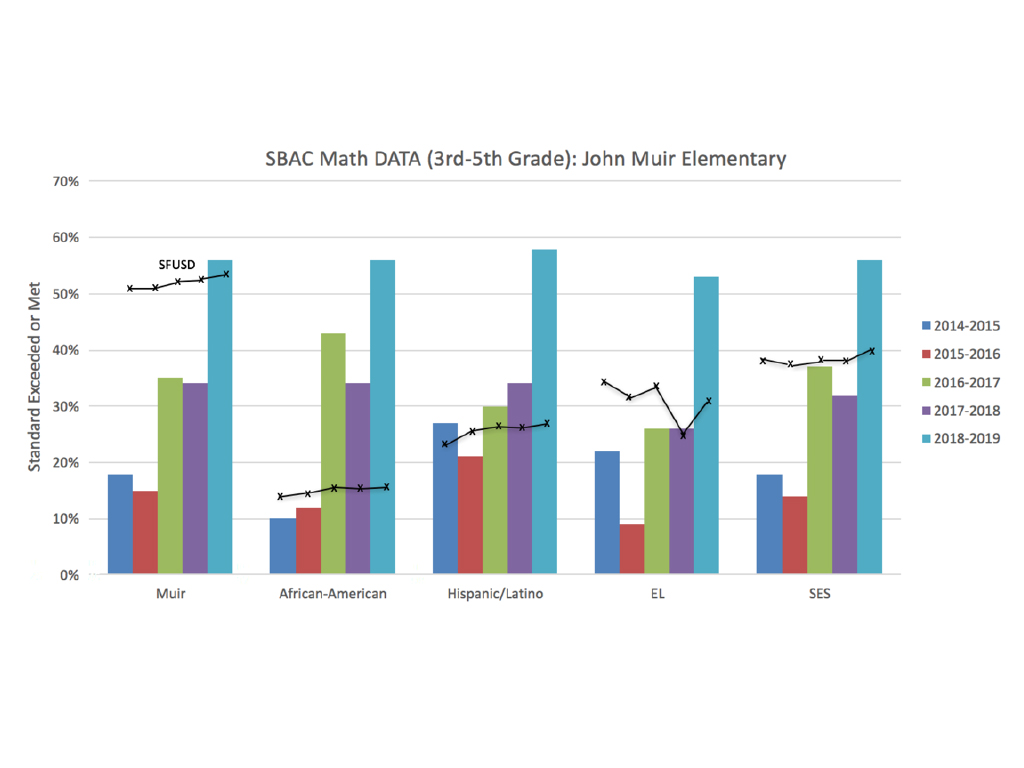Catherine Lewis, Ph.D., Mills College (clewis@mills.edu) www.lessonresearch.net

Both the overall low level of mathematics proficiency of U.S. students in international comparisons (OECD, 2020) and the substantial mathematics proficiency gaps by income and ethnicity within the U.S. (NAEP, 2019) are well known and have remained largely unchanged for more than a decade.
For example, in 2019 40% of California students met or exceeded California mathematics standards (as measured by SBAC, the state’s chosen standardized assessment). For African-American students, the comparable figure was 21%, for Hispanic/Latino students 28%, for economically disadvantaged students 27%, for English learners 13%.
A promising recent development is Japanese Teaching Through Problem-solving (mondai kaiketsu gakushu)—an approach in which students’ build each new mathematical concept in the curriculum, by grappling individually with a challenging problem and then sharing and discussing their solution strategies. A small network of elementary schools serving high-poverty communities in San Francisco, Oakland and Chicago have successfully used this approach to support strong mathematics learning. As an example, Figure 1 shows the SBAC scores by demographic subgroup at John Muir Elementary School, an SFUSD school that began Teaching Through Problem-solving in 2015-16, using teacher-led Lesson Study (jugyou kenkyuu) to expand the approach school-wide over the next four years. Muir serves a much higher proportion of English learners, students of color, low SES students and homeless students than SFUSD as a whole, yet shows higher SBAC scores than the district (which is shown by black lines). Muir has been identified on district scans as a 3-sigma outlier for its success in educating students in low-income communities.